Mold-related diseases and several signs of mold illnesses.
There are thousands of mold types that we might encounter indoors. How do these microbial fungi appear, and why do they pose health risks for humans? Mold is a significant problem in many homes, but most people are unaware of it.
If you look at the shower curtain, under the sink, or in the basement, you can spot them growing everywhere. Mold can be found in false walls, leaking ceilings, and even Christmas trees. A study showed that Christmas trees can produce mold and slowly release millions of spores into the room, leading to allergies.Allergyand asthma attacks.
There are 1000 types of mold found even in modern homes. Scientists classify these molds based on their effects on humans and other living beings.
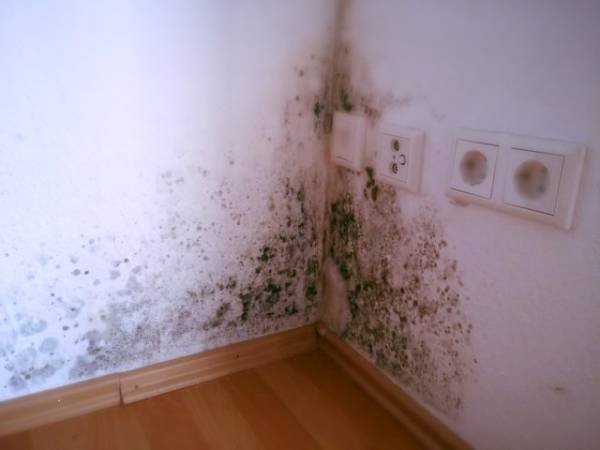
Diseases caused by mold.
Mold illness.And types of mold.
The various types, as discussed in this section of health.SelMagzIncludes:
Allergenic mold:
Allergenic molds are at the end of the danger line. They mainly cause issues for individuals with asthma and allergies to specific molds. Children are more likely to be sensitive than adults.
Pathogenic mold:
Pathogenic molds lead to infections. This is a significant problem for those with suppressed immune systems. A severe reaction resemblesbacterial pneumonia,usually found in those exposed to this type of mold.
Toxin-producing mold:
As the name suggests, these molds produce mycotoxins that can lead to serious health effects. They are associated with immune suppression and cancer. Toxic chemicals in this type of mold can be absorbed through breathing, ingestion, or even touch.
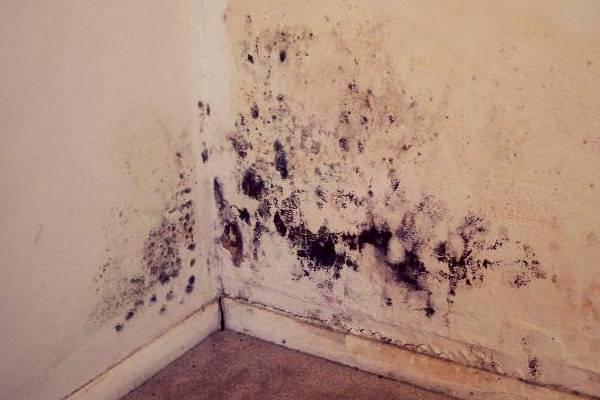
Diseases caused by various molds.
Mold illness and the five most common indoor molds:
Alternaria:
Typically found in the nose, mouth, and upper respiratory tract; can cause allergic reactions.
Aspergillus:
Commonly found in warm, excessively humid air, and house soil; produce mycotoxins and lead to fungal infections.
Cladosporium:
This fungus is very common outdoors and can find its way inside homes, growing on fabrics, wood, and other damp, porous materials, causinghay feverand asthma.
Penicillium:
Very common species found in wallpaper, old fabrics, carpets, and fiberglass insulation; known for triggering allergies and asthma, some strains produce mycotoxins, one of which isthe commonly known antibiotic penicillin.Diseases caused by indoor molds.
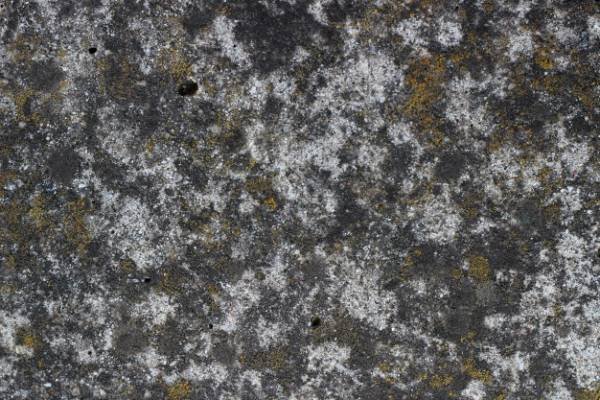
Mold-related diseases at home.
The impact of mold in homes.
Stachybotrys:
“Very toxic black mold” that produces mycotoxins can lead to serious respiratory issues, lung hemorrhaging, and other health problems. Fortunately, the four molds mentioned above are less common in homes but not rare; they are found in wood or paper (cellulose products) but not on concrete, linoleum, or tiles.
Mold illness refers to various health issues that can arise from any type of mold.
While mold allergy is the most common problem from mold exposure, these molds can cause illness without allergic reactions. Mold can also lead to infections or toxic reactions. Mold infections can result in various issues associated withflu,such as symptoms of skin infection and even pneumonia.
Acute and chronic inflammatory reactions can occur after being in a contaminated indoor environment, including microbes like fungi, bacteria, actinomycetes, and other microorganisms, resulting in harmful inflammation!
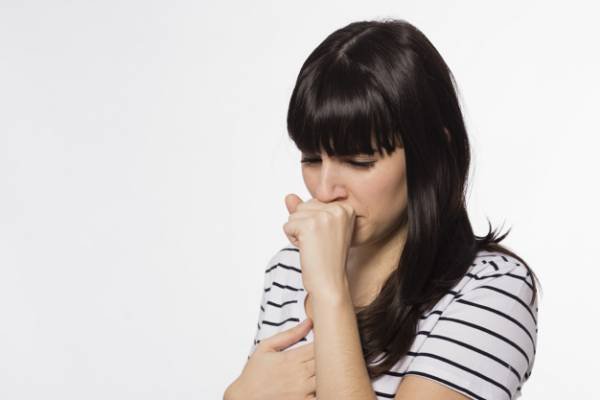
Mold allergy diseases.
11 signs of mold illnesses:
_Brain fog and confusion, memory issues, concentration problems,headaches.
_Fatigue and weakness.
_Muscles that are inexplicably strained.
_Joint pain.
_Persistent mental pressure.
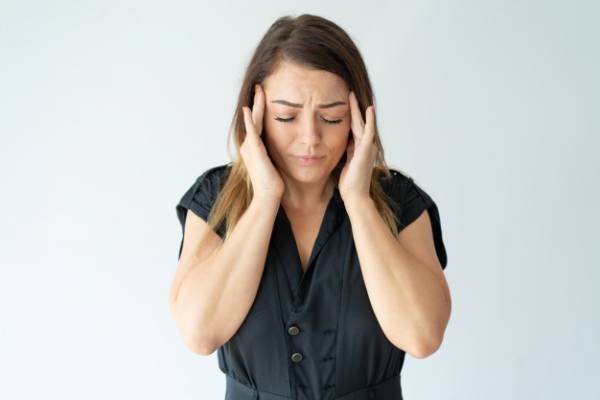
Types of diseases caused by mold.
What diseases arise due to house molds?
_Numbness.
_Eye problems such as:red eyesor light sensitivity.
_Asthma issues and diseases like:coughingorshortness of breath.
_Chills anddizziness.
_Digestive issues like changes in appetite, diarrhea,nausea,and stomach aches.

Poisonings and diseases caused by moldy houses.
Symptoms of mold illness.
_Metallic taste in the mouth.
_Fever or night sweats.
_Excessive thirst and increased urination.
You may see various symptoms that can overlap with other issues.
If you have an underlying problem that may relate to mold and its toxins, consult a doctor. It’s not always the food we eat; it can also be the air we breathe that makes us sick.

Fever as a symptom of mold illness at home.
Mold reactions: Who is at risk for illness?
For individuals sensitive to mold, breathing or touching mold can lead to allergic reactions, including sneezing,runny nose,red eyes, andskin itching.Individuals with severe mold allergies may experience more intense reactions, including shortness of breath.
In asthma patients sensitive to mold, breathing in spores can also lead to asthma attacks. Besides those with allergies and asthma, individuals who may be more sensitive to mold’s effects include:
_Children and infants.
_Elderly individuals.
_Those with weakened immune systems due toAIDS,cancer, liver issues, orchemotherapy._Individuals with chronic lung diseases.
Who gets sick from house molds?

Mold illness and mold growth locations.
Walls, floors, furniture, carpets, or sofas – they can grow on any of these materials.
However, what all molds need is moisture, making them more likely found in damp areas like bathrooms, kitchens, laundry rooms, and basements.If you have mold in your home, you should clean it and address the humidity issues. Mold growth can be removed from hard surfaces using commercial products,soap,
and water, or a bleach solution.Mold growth often appears as spots and can come in various colors, causing unpleasant odors around. If you can see or smell the mold, it can be very dangerous for you.You do not need to know the types of mold in your home, and the CDC does not advise routine testing for mold. No matter what type of mold exists, you must eliminate it.
Mold illness and growth locations in your home.
The best recommendations for controlling mold:

Getting rid of mold in your home is impossible, but reducing humidity is the best way to prevent or eliminate mold growth.
If you currently have mold growing in your home, it’s important to clean the mold and fix the issue causing the humidity.
The following text includes suggestions for reducing humidity throughout the home with specific tips for areas most prone to moisture and mold growth:
Around the house:
Use air conditioning, especially in humid and cool climates. Try to keep indoor humidity below 60 percent. You can measure relative humidity with a hygrometer, which is an inexpensive and available tool.
Keep air vents clean. Ensure drainage lines are free from obstructions and dirt. Keep the house’s air moderate; as temperatures drop, air holds less moisture, which can help halt mold growth.
Insulate cold surfaces like exterior walls, floors, and windows to reduce condensation. Wet areas need to dry within 24 to 48 hours to prevent mold growth. Repair leaks.
Diseases caused by outdoor mold.
How to prevent mold illness?

The ground should not allow moisture into your home. If water enters from outside, solve this issue immediately.
Hire an HVAC contractor to examine and ensure your heating and cooling system is sized and operates well to remove moisture.
If your system is too large or airflow is incorrect, the AC won’t effectively remove humidity. Also, ask the contractor to check air ducts for leaks, size, and airflow to each room.
Keep doors open between rooms to increase airflow in the house. Enhance air circulation using fans and rearranging furniture away from corners and walls.
How to control mold illness?
Ways to prevent house mold and the illnesses it causes.
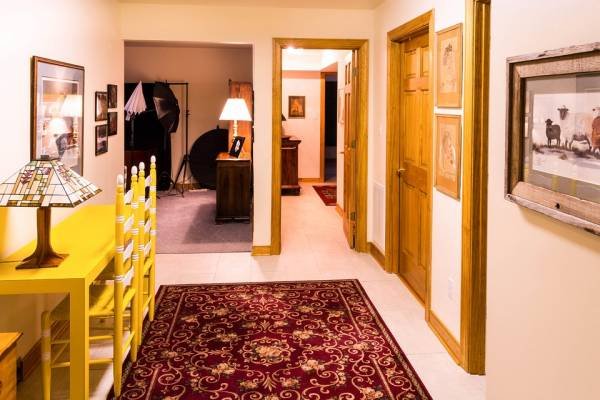
In the kitchen:
Use fans to remove moisture (not to the attic) whenever you are cooking, washing dishes, or cleaning. Turn off specific appliances if you notice moisture on windows and other surfaces.
Look for leaks around the kitchen sink, refrigerator, and other water sources. Repair as necessary. Clean empty pots and pans as needed.
Does mold in the home cause illnesses?
Mold-related illnesses in homes.

In basements and small areas:
Place a plastic cover over the soil in small areas to prevent moisture from the ground. If there’s standing water or damp earth, dry it before covering the floor.
Instead of wall-to-wall carpeting in basements, consider painting concrete floors. If you wish to install carpet over a concrete floor, you may need to use a vapor barrier (plastic sheet) on the concrete and cover it with wooden flooring to prevent moisture issues.
Check your basement floor for leaks and repair as necessary. Water can enter your home by dripping or seeping through floors or walls.
Ensure that water from your yard does not seep into the basement. Do not cover basement walls with insulation and drywall unless they are very dry.
Mold illness and their solutions.
Mold illness in rooms of the house.

In the laundry room:
Connect your dryer to the outside. Ensure the vent is free of blockages such as tape and has no holes where air can escape.
Avoid putting wet clothes in the hamper or dryer. Wash and dry them immediately.
Mold diseases from clothing.
Mold diseases from bathrooms.

In the bathroom:
Use fans to remove moisture (not to the attic). Use washable mats. Be wary of leaks in sinks and pipes and repair as necessary.
Always open a window during showers. Avoid placing wet towels on the floor or laundry.
Mold illness.
To prevent wall mold.







